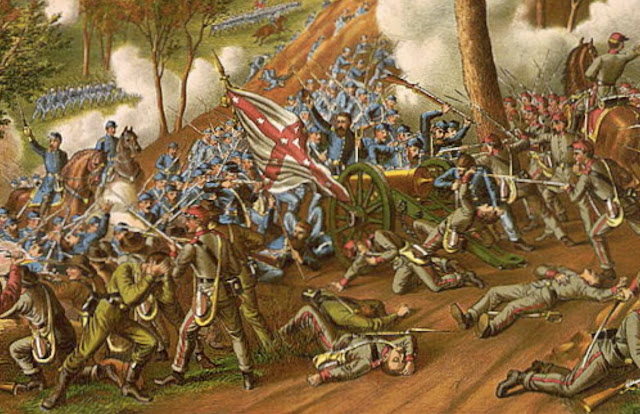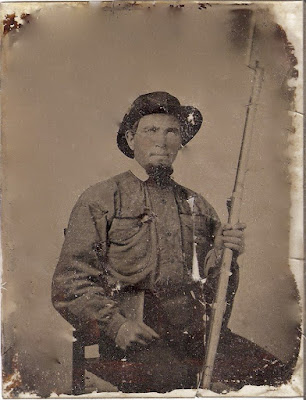Breaking the Backbone of the Rebellion: An Iowan on Lookout Mountain

At the conclusion of the Chickamauga campaign, it was decided to dispatch the 15 th Army Corps under General William T. Sherman across country to reinforce the Army of the Cumberland then besieged at Chattanooga. The march took more than a month to complete, and the First Division under General Peter Osterhaus arrived last at the tail end of the column in mid November 1863. The 31 st Iowa celebrated their first year in the service while making this march and Captain Robert B. Speer kept his hometown of Cedar Falls, Iowa fully apprised as to the progress. Speer’s frequent letters to the Cedar Falls Gazette came about a bit accidentally; when Co. B left the state in the fall of 1862, George Perkins, the current editor of the newspaper, laid aside his pen and went into the ranks as a private and took on the task of correspondent. But within a few months, Perkins became very ill and eventually would be di...






















